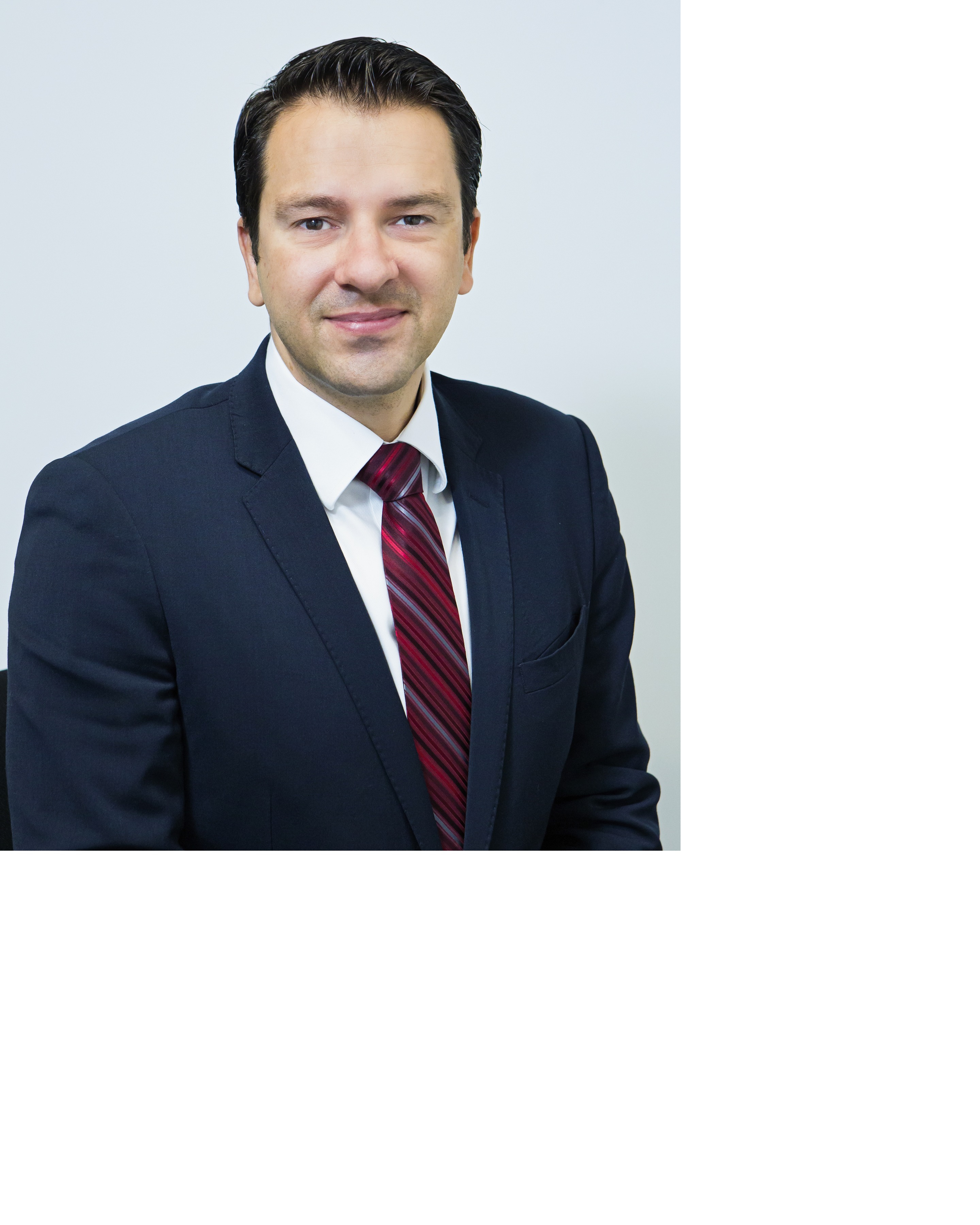Posted on: 20/11/2020
As we move into the winter months Head of Markets, Boz Bozhkov takes a look back at the successes of the Optional Downward Flexibility Management (ODFM) service; how SmartestEnergy’s contributions helped to balance the energy system; and why services like ODFM will endure into the future.
National Grid’s ODFM service was introduced this year in order to help the System Operator manage an increasingly common scenario during summer months whereby there is too much generation on the grid for the overall level of demand required.
This is something which National Grid has seen occur more frequently in recent years, but the total lockdown conditions created by the COVID-19 pandemic back in the first half of 2020 saw overall demand drop by an average of around 12% as businesses across the country were forced to close.
When coupled with the favourable weather conditions for renewable generation we saw at the time, it’s clear to see where the system developed a supply-demand imbalance. As a result, ODFM was urgently created, allowing National Grid to turn down generation it was previously unable to access via the Balancing Mechanism.
Over 4.7GW of capacity subscribed to this service across 363 sites. The service was used on five occasions and at its peak, 3.2GW of capacity was curtailed on 5 July. £11.9m in value was achieved for generators able to turn down and demand side players able to increase consumption.
From a SmartestEnergy perspective, over 200MW of assets in our portfolio signed up to take part in ODFM, achieving an average value of over £3000/MW over the summer where they were chosen to dispatch. This came across a range of technology types, with the vast majority of the response provided by wind and solar assets.
Whilst ODFM stopped on October 25th, National Grid have already indicated that they are looking to implement an enduring solution as part of the ongoing Reserve Services reform to enable them to continue accessing the flexibility available on distribution networks.
It may not necessarily have the same name, or even work in the exact same way, but the learnings from this project are set to be applied in future, providing greater opportunity for generators able to incorporate flexibility into their operating models.
SmartestEnergy continues to work with both project owners and National Grid to continue access to these services through both existing mechanisms and bilateral arrangements. As the demand drops caused by the pandemic offered us a glimpse into the near future of energy system, generators should expect to see services such as these becoming the normal and a standard addition to their Power Purchase Agreements.
If you think turn down services are something your project could offer, get in touch here to find out more.
About the author
Bozhidar is responsible for analysing market opportunities to help asset owners maximise revenues. His role includes the continued development of processes and systems to enable customers to always optimise their positions and he also liaises with National Grid and DNOs to ensure access to all relevant opportunities. Bozhidar joined SmartestEnergy from KiWi Power where he was Head of UK Operations. He holds a Bachelor of Business Administration from Northeastern University, USA and a Master of Science in Economics and Policy of Energy and the Environment from University College London.

 United States
United States Australia
Australia







